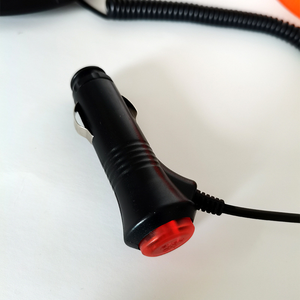Understanding Mazda Signals: An Introduction
The term Mazda signals encompasses the essential communication mechanisms integrated into Mazda vehicles, primarily focusing on indicators, brake lights, and hazard lights. These signals are vital for ensuring safe navigation on the roads, allowing drivers to communicate their intent to other motorists effectively. With a well-designed signaling system, Mazda vehicles enhance both safety and driving experience.
Types of Mazda Signals
Mazda signals can largely be categorized into several types, each serving a specific purpose within the vehicle's signaling system:
- Turn Signals: Indicate a driver's intention to turn or change lanes.
- Brake Lights: Activate when the driver applies the brakes, warning drivers behind of a slowdown.
- Hazard Lights: Flash in unison to signify an emergency or that the vehicle is stationary on the road.
- Reverse Lights: Illuminate when the vehicle is in reverse, alerting others of the vehicle's movement.
Function and Feature of Mazda Signals
The functionality of Mazda signals is intricately linked to their design and features, contributing significantly to road safety. Here are the primary functions and key features:
- Visibility: Mazda signals are designed to be highly visible, utilizing bright LEDs that enhance visibility during both day and night.
- Durability: Built with robust materials to withstand the elements, Mazda signals are engineered for longevity and reliability.
- Smart Technology: Advanced Mazda models are equipped with intelligent signaling that integrates with other safety systems, providing warnings and alerts when necessary.
- Ease of Use: The signaling system is intuitive, allowing drivers to operate signals seamlessly via the steering wheel controls.
How to Maintain Mazda Signals
Maintaining the integrity of Mazda signals is essential for ensuring their optimal performance. Below are some maintenance tips:
- Regular Inspection: Periodically check all signal lights for functionality to ensure they are operational.
- Replace Burnt Out Bulbs: If a signal is not working, inspect and replace any burnt-out bulbs promptly to maintain visibility.
- Clean Lens Covers: Keep the lenses clean from dirt and debris to ensure maximum light output and visibility.
- Check for Moisture: Inspect the housing for any signs of moisture intrusion, which could lead to electrical failures.















































